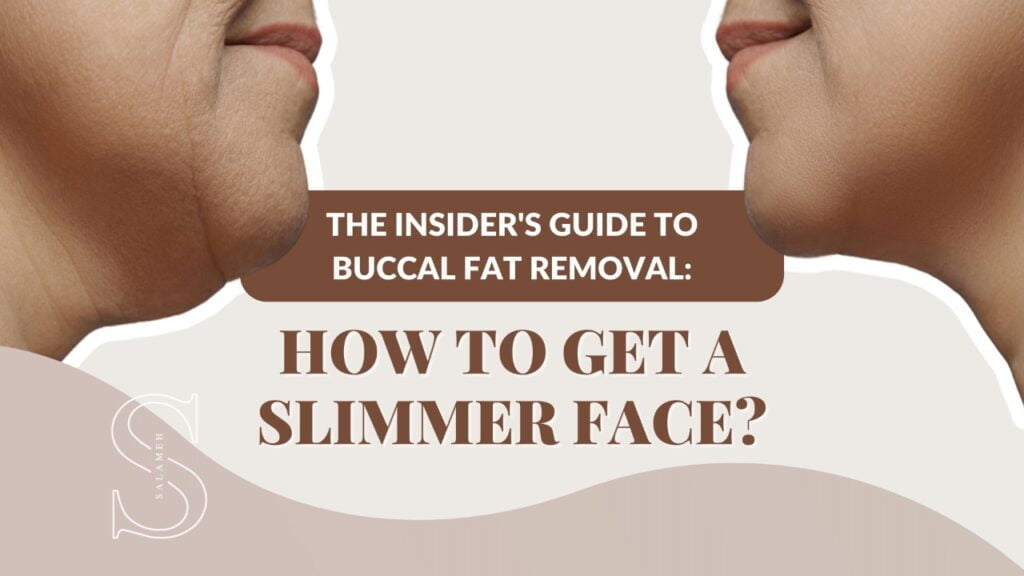Buccal fat removal surgery is a cosmetic procedure that removes fat from the cheeks to create a slimmer and more defined facial appearance.
Recent reports suggest that this procedure is becoming popular, especially for individuals who feel that their cheeks are too full or round and desire a more chiseled and angular facial structure.
There are numerous reasons why people choose to undergo buccal fat removal. Some individuals may feel conscious about their appearance and believe they need a slimmer facial profile to boost their confidence and self-esteem. Others may think buccal fat removal will help them achieve their aesthetic goals.
In addition to creating a more defined and chiseled facial structure, the procedure can also help improve the overall balance and proportion of the face and help achieve a more youthful appearance.
In this blog post, we will dive deeper into the details of buccal fat removal, including the process, risks, costs, and recovery.
Who are excellent candidates for buccal fat removal?
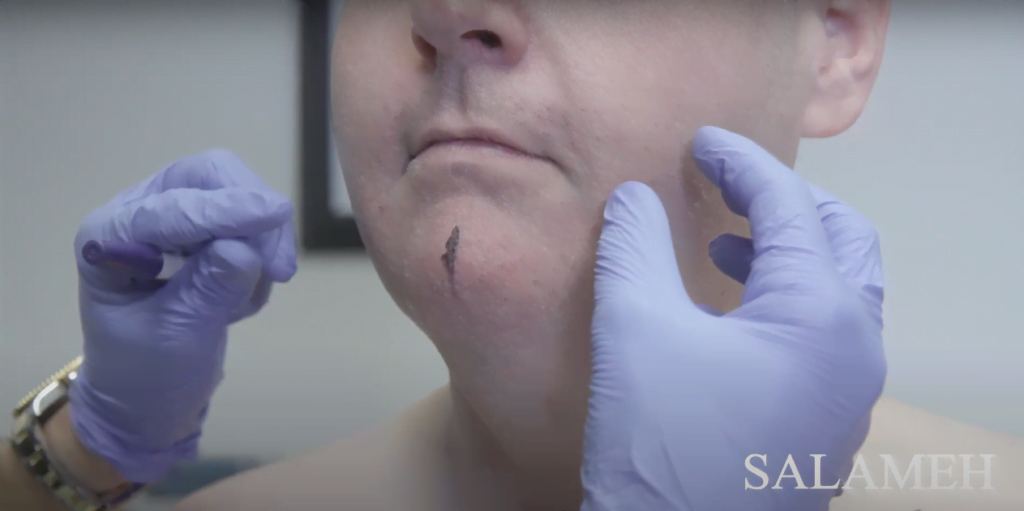
The following are the indicators that a patient is an excellent candidate to undergo the procedure:
- The patient has excess fat in the cheeks: The primary indication for buccal fat removal is excess fat in the cheeks that gives the face a round or chubby appearance.
- The patient is in good overall health: As with any surgical procedure, the patient must be in good general health to minimize the risks of complications.
- The patient is preferably a non-smoker: Smoking can interfere with the healing process and increase the risk of complications following surgery. Patients should generally quit smoking at least a few weeks before and after surgery.
- The patient must have realistic expectations: It is vital for patients to clearly understand the procedure and its potential outcomes and have solid realistic expectations.
- The patient is over 18 years old: Buccal fat removal is typically recommended for adults over 18, as the facial structure is generally fully developed by this age.
- The patient must be at a stable weight: It is essential for patients to be at a stable weight before undergoing buccal fat removal surgery, as significant weight loss or gain after the procedure could alter the results.
- The patient must not be pregnant or breastfeeding: Pregnancy and breastfeeding can cause hormonal changes that can affect the surgery results. It is generally recommended to wait until after pregnancy and breastfeeding to undergo buccal fat removal.
Moreover, during the consultation process, the plastic surgeon will ask about the patient’s medical history, including any previous procedures done or underlying medical conditions.
The surgeon will also discuss the individual’s aesthetic goals and expectations. The patient must be transparent about their desired outcome for the surgeon to determine if the procedure is appropriate and achievable.
In addition to physical examination and consultation, the patient will undergo a medical test to determine if they are a good candidate for the surgery. The evaluation will include blood tests, imaging tests, and other diagnostic procedures to ensure that the procedure will be safe for the individual.
Overall, the best candidates for this procedure are individuals in good health, have realistic expectations for the procedure, and are committed to following their plastic surgeon’s pre-and post-operative instructions.
What to expect during the procedure?
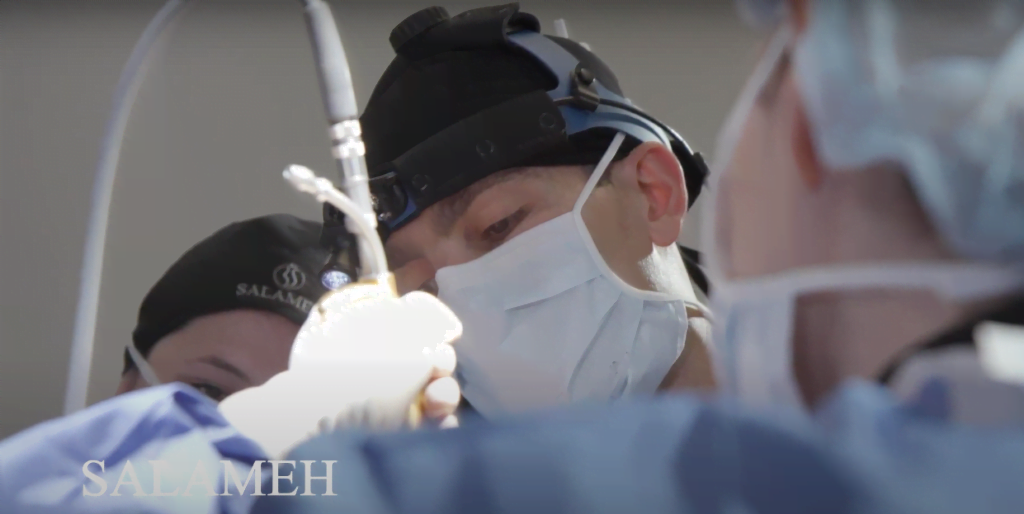
During a buccal fat removal operation, the patient will be given either local anesthesia with intravenous sedation or general anesthesia, depending on the patient’s preference or as the surgeon deems fit.
The surgery usually takes about 1-2 hours to complete.
The typical surgical technique used for this procedure involves making small incisions inside the patient’s cheek near the back of the molars. The surgeon will carefully remove excess fat from the cheeks through these incisions using a small, specialized instrument. Once the desired amount of fat has been removed, the incisions will be closed with stitches.
After the procedure, the patient may experience some swelling, bruising, and discomfort for a few days. The surgeon will provide instructions for post-operative care, including how to care for the incisions and manage any pain or discomfort.
Most patients can return to work and other normal activities within a week or two after buccal fat removal. However, it may take several weeks for all swelling to resolve and for the final results of the procedure to be visible.
Recovery and Aftercare
The recovery process following buccal fat removal can vary from person to person, but most patients experience some swelling, bruising, and discomfort for a few days after the procedure. The surgeon will provide instructions for post-operative care, including how to care for the incisions and manage any pain or discomfort. The patient must follow these instructions carefully to promote healing and minimize the risk of complications.
To minimize swelling and discomfort, the patient can try the following:
- Apply cold compresses to the cheeks: Cold compresses can help reduce swelling and alleviate discomfort.
- Take pain medication as directed: The surgeon may prescribe pain medication to help manage discomfort. It is essential to take the medication as directed.
- Keep the head elevated: Keeping the head elevated can help reduce swelling by allowing gravity to drain excess fluid away from the face.
- Avoid strenuous activities: It is crucial to avoid them for at least the first week after surgery to allow the body time to heal.
- Avoid smoking: As explained above, smoking can interfere with the healing process and increase the risk of complications following surgery. Patients should generally quit smoking at least a few weeks before and after surgery.
It may take several weeks for all swelling to resolve and for the final results of the procedure to be visible. The results of buccal fat removal are typically long-lasting, although weight gain or loss can affect the appearance of the cheeks over time.
Risks and Possible Complications
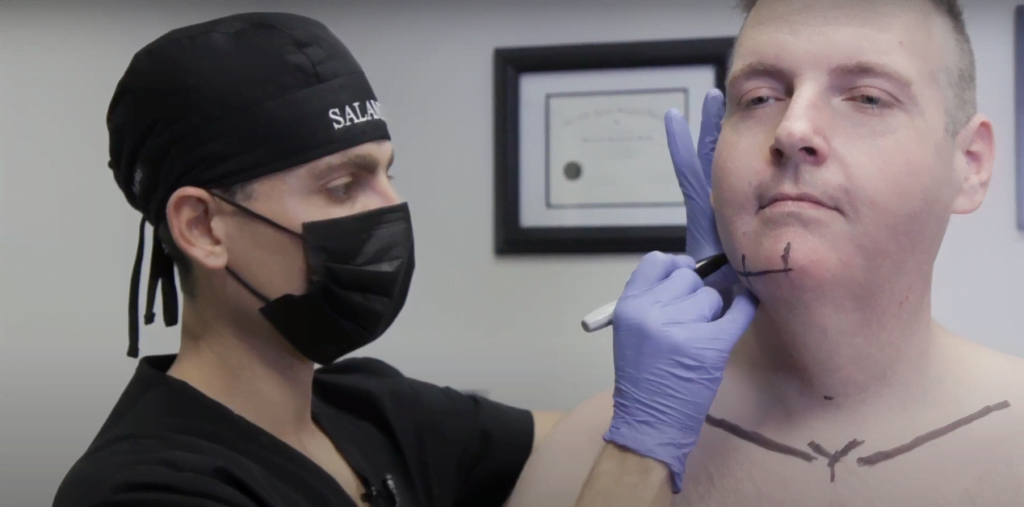
As with any surgical procedure, buccal fat removal carries potential risks and complications. Some possible risks and complications include the following:
- Infection: There is a risk of infection at the incision site, although this is rare. The surgeon will provide instructions for care to help minimize the risk of infection.
- Bleeding: Bleeding is a potential complication of any surgery. If the patient experiences excessive bleeding, they should contact their surgeon.
- Numbness: There is a risk of temporary numbness or altered sensation in the cheek area following surgery, which typically resolves on its own over time.
- Scarring: Scarring is a common risk of any surgery, although the scars from buccal fat removal are typically well-hidden inside the mouth.
To minimize the risk of complications, patients need to follow the surgeon’s pre-and post-operative instructions and attend all follow-up appointments. Patients should contact their surgeons immediately for evaluation and treatment if complications occur.
How much does buccal fat cemoval Cost? Are there financing options?
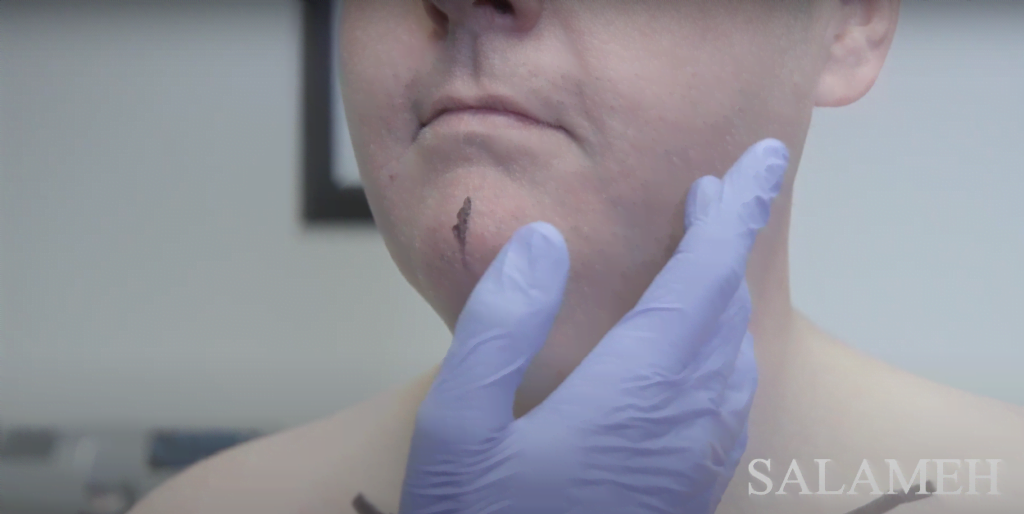
The cost of buccal fat removal can vary depending on several factors, including the practice’s location, the surgeon’s experience, qualifications, and the case’s complexity. The cost of buccal fat removal can range from several thousand to several tens of thousands of dollars.
Most plastic surgeons will provide a detailed cost estimate during the initial consultation, including the fees for the surgeon, the anesthesia, and the facility. Some surgeons may also offer financing options, such as payment plans or loans, to help make the procedure more affordable for patients.
It is crucial to keep in mind that insurance companies generally do not cover cosmetic procedures. However, if the procedure is being performed to address a functional issue, such as difficulty swallowing or breathing, it may be covered by insurance. Patients should check with their insurance provider to determine their coverage.
If financing is a concern, it may be helpful for patients to speak with the surgeon’s office about their options and to shop around to compare prices at different practices.
If you’re considering buccal fat removal to create a more defined facial appearance and want to know the most feasible budget options, don’t hesitate to reach out to the experts at Salameh Plastic Surgery Center. We operate in Kentucky and Indiana. Our team of highly qualified and experienced plastic surgeons is dedicated to providing patients with the highest quality of care and achieving natural-looking results.
To know more about our buccal fat removal services, you can schedule a FREE consultation or give us a call today at 270-228-3708.
Before and After Photos of Buccal Fat Removal
We have included before and after photos on our site to give you an idea of our patients’ fantastic results with buccal fat removal. We hope you find these photos helpful as you consider this procedure yourself. You may find our before and after photos of Buccal Fat Removal here: Before and after photos of Buccal fat removal.
Takeaway
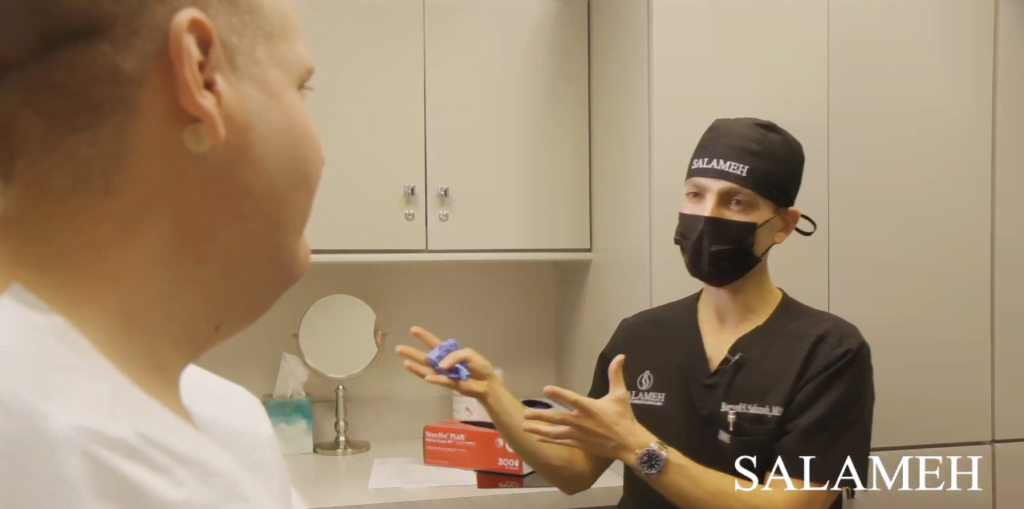
It is important for patients considering buccal fat removal to research and consults with a qualified plastic surgeon before deciding on the surgery. The surgeon can provide more detailed information about the procedure, including the potential benefits and risks, and help the patient determine if they are a good candidate for the buccal fat removal surgery.
Salameh Plastic Surgery Center is a leading provider of cosmetic surgery procedures, including buccal fat removal. We are staffed by a team of highly qualified and experienced double-board certified plastic surgeons dedicated to providing patients with the highest quality care and achieving natural-looking results.

